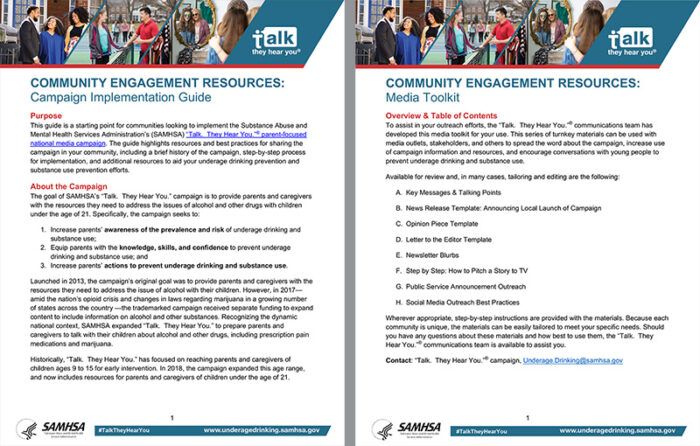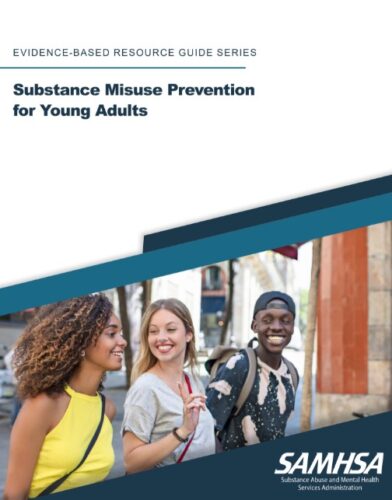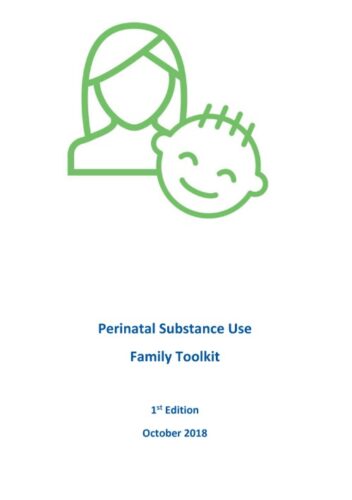On-Site Naloxone Use Procedures
The purpose of this policy is to provide approved staff with guidelines to utilize Naloxone in order to reduce fatal opioid overdoses while engaging clients in the treatment setting.
Subject: Health & Safety
Policy#: 2.7.5
Title: Naloxone
Page 1
Effective Date of This Revision: 10/28/21
Contact: Chief Executive Officer Executive Office 310-679-9126
Applies to:Officers Other agents Staff Visitors Student clinicians Contractors Volunteers Subcontractors / Business Associates
BACKGROUND AND PURPOSE: The purpose of this policy is to provide approved staff with guidelines to utilize Naloxone in order to reduce fatal opioid overdoses while engaging clients in the treatment setting.
POLICY: It is the policy of Behavioral Health Services, Inc. (BHS) for trained staff to administer Naloxone, in accordance with state law and the administrative medical director’s guidelines and oversight, to persons suffering from opioid overdose at the earliest possible opportunity to minimize the risk of death.
PROCEDURES:ON-SITE NALOXONE USE PROCEDURES
Behavioral Health Services, Inc. shall appoint a Naloxone Coordinator. The Naloxone Coordinator’s responsibilities will include:
Working with CMO to create an agency-wide standing order for Naloxone (see Appendix 1 for template)
Collaborating with local partners to obtain Naloxone, either directly or by prescription
Choose key areas to store Naloxone, ensuring that storage temperatures do not exceed recommended range
Ensuring that the Naloxone obtained through government funded grant programs will be kept separate from that obtained by prescription or private grant
Ensure that Naloxone kits are current and not past expiration date
Ensure that authorized staff are adequately trained in overdose recognition Naloxone use and storage (see subsections IV.D. and IV.E.)
Create and maintain Naloxone use report form and log (see Appendix 2 for template)
Replace Naloxone kits that are damaged, unusable, expired, or used.
Ensure that inventory of Government Grant Funded Naloxone is kept up to date with corresponding reports attached
Each IN (intranasal) Naloxone kit shall include:
Instructions for administration of naloxone (see Appendix 3 for example);
One box Narcan nasal spray by Adapt (comes with two devices); OR
Two vials 2mg/2mL naloxone by Amphastar and Two 2mL Luer-Jet Luer-Lock needleless syringe and
Two mucosal atomizer devices (MAD-300)
Inventory and tracking of Naloxone
All Naloxone obtained through Government Grant Programs shall be entered into inventory on the sheet corresponding to that grant.
Individual Programs at BHS shall obtain Naloxone from central storage at BHS Corporate Headquarters in an amount agreed upon by the Program Director and the Naloxone Coordinator for use at or dispensing from the program site.
Individual Programs shall keep a Naloxone Inventory Sheet that is site specific and each DHCS licensed site shall keep a minimum of two unexpired doses on hand at all times.
Individual Programs shall replenish their stock of Naloxone from central storage when Naloxone is used, dispensed, or expiring and provide to central storage either a copy of the log of use/dispensing or the expiring Naloxone itself.
Under the direction of the Naloxone Coordinator, the central storage inventory shall be updated and new Naloxone ordered as needed.
Indications and Use
Staff shall check for responsiveness if client is believed to be suffering from an opioid overdose. Information that a client is suffering from anopioid overdose includes, but is not limited to:
No response to external stimulation, such as a sternum rub
Blue or gray skin, lips, or fingertips
Depressed or slow respirations
Difficulty breathing (labored, shallow, or halted breaths)
Decreased pulse rate
Pinpoint pupils, even in a darkened environment
Evidence of ingestion, inhalation, or injection (needles, cookers, tourniquets, needle tracks, aluminum foil, etc.)
Staff shall summon EMS by calling 911 and communicating that the patient is not breathing or in suspected overdose, and that Naloxone administration is intended
Staff shall maintain universal precautions against pathogens by using a CPR face shield or barrier if performing rescue breathing.
At all DHCS licensed facilities there shall be a minimum of one staff member on premises at all times who has been trained on the use of Naloxone and knows the exact location of the unexpired doses.
Staff shall administer one dose of Naloxone
If possible, staff shall begin rescue breathing for two minutes. Rescue breathing consists of one deep breath in the subject’s mouth every five seconds, ensuring that client is lying on their back, head is tilted up, and nose is plugged.
If no response after two minutes, staff shall administer second dose of Naloxone and resume rescue breathing until client begins breathing on their ownor EMS arrives
Staff shall ensure accurate communication to EMS for proper patient record documentation before transport to hospital emergency department
Supervisor notification should be made as soon as practicable
Documentation of Naloxone use will be recorded on the Naloxone use log.
Maintenance, Storage, and Replacement of Naloxone
Staff who use naloxone shall communicate with Naloxone Coordinator to ensure naloxone is replaced
Missing, damaged, or expired Naloxone kits will be reported directly to the Naloxone Coordinator and replaced
Temperature storage:
IN Narcan spray store at 59-77 °F, incursions permitted from 39-104 °F
IN Amphastar kits store at 59-86°F
DISTRIBUTING/PRESCRIBING NALOXONE TO CLIENTS
Identifying clients who may benefit from overdose prevention/naloxone training:
Clients with opioid use disorder diagnosis;
Clients with history of opioid use, abuse, or dependence;
Current opioid users;
Clients with Opioid Overdose histories
Past opioid use and recent release from jail, prison, detox, inpatient, hospital, or after any period of sustained abstinence;
Friends or family members of any of the above.
Educating clients on intake, assessment, or before release:
Identify client in need of overdose prevention/Naloxone training
Ask client if they have witnessed or experienced an overdose and what they know about overdose prevention
Review the 5 components of overdose risk:
Mixing drugs
Tolerance changes
Quality/purity
Physical health
Using alone
Teach client how to recognize an overdose:
No response to external stimulation, such as a sternum rub
Blue or gray skin, lips, or fingertips
Depressed or slow respirations
Difficulty breathing (labored, shallow, or halted breaths)
Decreased pulse rate
Pinpoint pupils, even in a darkened environment
Evidence of ingestion, inhalation, or injection (needles, cookers ,tourniquets, needle tracks, aluminum foil, etc.)
Educate client on Naloxone information:
Only works on opioids, may not work on poly-drug OD
Wears off after 45-90 minutes, overdose may reoccur
Patient will be sick and may want to use again
Naloxone cannot hurt a person
Educate client on Naloxone use
Check for responsiveness with sternum rub
Call 911
Administer 1 dose of Naloxone
Rescue breathe for two minutes
If no response, administer 2nd dose of Naloxone
Continue to rescue breathe until paramedics arrive
Encourage client to report any use of Naloxone for overdose reversal and to obtain a refill if used, lost, expired, stolen, or destroyed
Obtain signed document from client stating that staff trained them on overdose prevention, recognition, and response (see Appendix 5)
Prescribe or Dispense Naloxone
To prescribe: Prescription may be written to client by an MD, NP, PA, or DO
Staff will obtain prescribed Naloxone for client, either directly at the pharmacy, from a delivering pharmacy, or from current agency stock and ensure that client receives the medication as soon as possible
To dispense: Naloxone may be obtained through several avenues:
If Dispensing without a prescription, agency must use a standing order (see Appendix 1)
Agency can collaborate with other community partners to receive Naloxone kits for distribution to clients with barriers to obtaining prescriptions or prescribed medication
Agency may directly obtain Naloxone kits through grant funding
Tracking Naloxone Distribution and Reversal Reports
Recording Naloxone prescription, distribution, and or reversal reports show success of the program and is very important keep a log with information, including but not limited to:
Client name (OPTIONAL!)
Engagement/training date
Type of Naloxone given (IM or IN)
Date prescription was written
Date prescription was filled or Naloxone dispensed
Date of reported use for reversal
Information should be tracked and logged by Naloxone Coordinator. If partnering with an out- side agency to obtain Naloxone, report information to that agency.
Training
Staff shall certify that they have reviewed and undergone training in opioid overdose prevention and treatment and the proof of completion of such training shall be documented in the staff member’s individual personnel file, in accordance with California Code of Regulations (CCR), Title 9, Section 10564(k).
References: North Dakota Sample SAMHSA Grant Naloxone P&P California SAMHSA Grant Naloxone Requirements
BHIN 22-025 AB 381 & HSC 11834.26
Related Posts
Community Engagement Resources
Various tools and documents that will support SUD providers with proper languages, media involvement, and overall techniques to use when engaging with the community.
Substance Misuse Prevention for Young Adults
This guide discusses effective prevention practices to mitigate risk factors associated with substance misuse and promote protective factors among: all young adults generally; young adults at significantly higher risk for substance misuse; and young adults who are not diagnosed with a SUD but are engaging in substance misuse.
Perinatal Substance Use: Family Toolkit
This booklet provides tools you need to be as healthy as you can be during pregnancy, whether or not you decide to stop using.


